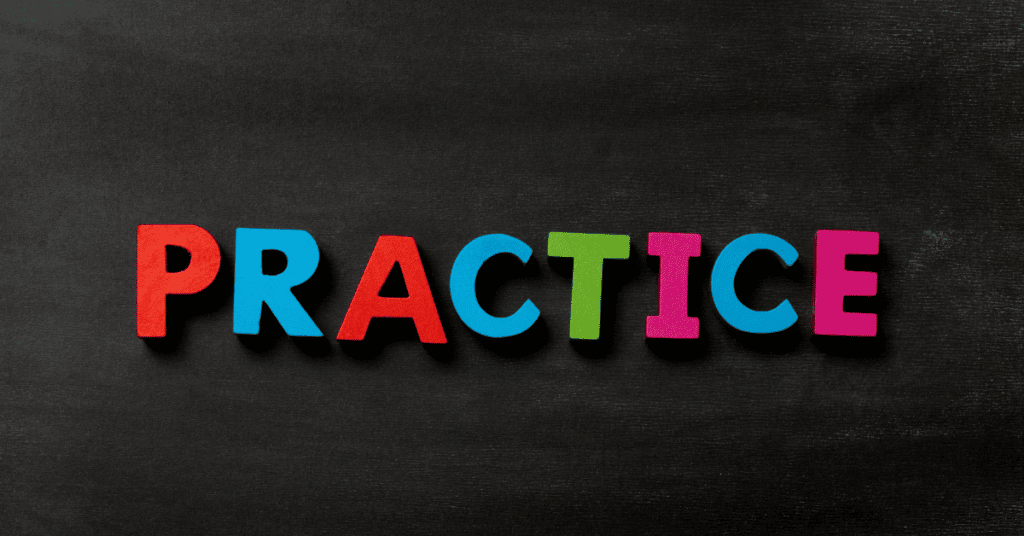When you are in Secondary 3, the chances are high that your teacher will prepare you with O level comprehension papers.
Why?
Well, actually the transition between Secondary 3 and Secondary 4 is hardly noticeable as the syllabus is the same.
Secondary 4 is the revision year and you will be inundated with exam preparation papers throughout the second half.
The first half will be spent completing whatever is left of the syllabus from Secondary 3.
Ok. Let us get straight to the point.
How do you practise O level comprehension in the non-fiction genre? That is the question.
First of all, let us understand the demands of an O level comprehension passage in non-fiction.

What Are The Distinguishing Features Of An O Level Comprehension Passage In Non-Fiction?
I) The main feature is about a topic that is related to science, technology, or a world-related matter
This is the earliest observation you will make.
You will need to be prepared for this.
The passage could be an extract from a science journal or a magazine featuring current affairs.
Topics for these passages may also be extracted from newspapers.
Start reading about these matters and familiarise yourself.
The more you know, the better.
II) There will usually be two points of view presented relating to that topic
One may be about the advantages and the other about the disadvantages.
Understand the different points of view.
There is always a conflict in such O level comprehension passages.
Try to understand both sides.
III) You should be prepared to understand statistics and records supporting these points of view
Statistics help you to know how matters have changed from the past to the present.
It is important that there are records because they serve as evidence to support your point of view.

IV) There may also be key peoples’ dialogues or quotes
Examples include notable peoples’ dialogue where they may discuss their views or it could be a quote from an important person.
V) The questions will be mainly focused on implications
There will be the ‘talking heads’ or where 2 people will offer their diverse views and you will have to answer questions relating to it.
VI) One way to prepare is to understand current world topics or ‘popular’ issues
News that has been around for some time or has been recently featured is bound to make its way to O level comprehension passages in the non-fiction genre.
VII) Every paragraph will have a main point about one of the ‘issues’ or ‘concerns’ relating to that world topic
It is important to skim through quickly on every main point in the O level comprehension passage before you attempt to answer the questions.
VIII) The tone is discursive throughout
You will need to understand what the questions are asking and find the facts that support your answer by looking at the words and language used.

How to practise O level comprehension and summary in non-fiction?
Once you have understood the features, practising is the next step.
I) Reading and understanding the passage
Personally, this is my preferred method but there are other methods you can use.
When you are reading it, practice note-taking.
Write something in the margin or underline those words lightly.
This will help you to understand the more important points.
Underlining it or making little notes in the margin will alert you to the key points and this will help you to understand the passage better.
This can be done in a very short time once you have done it a few times.
II) Familiarise yourself with the types of questions
You would have noticed that the format of O level comprehension questions never varies.
There is always the ‘box’ question which asks you about 2 points from the passage relating to the question.
They are one mark each.
The question may appear without the ‘box.’
You have to be very accurate and clear in selecting your answer from the passage.
III) The ‘talking heads’ question
This is another constant question and I have mentioned this above.
You need to understand the 2 main conflicting trends of thought in the passage when you do this.
IV) The very important summary question
This is usually in the last part of the non-fiction passage and This is 15 marks.
You need about 8 points from the text to paraphrase according to the summary question.
If you had followed my tips above about finding the main point per paragraph, the summary question will be rather easy to do.
The Summary Question is based on your understanding of the main points only.
You need to focus on selecting and presenting them.
That is really all you need to do.
Even if you do paraphrase throughout, marks will not be deducted unless you copy every single word.
The best tip which I can give for summary writing is to Select your 8 or so points and paraphrase only when you need to shorten it to 80 words.
This takes a bit of practice and you will be fine once you do this about once a fortnight.
The last word of advice is to practise.
Nothing works without practice and I urge you to start practising straight away.
Get a schedule and begin.
There is no time like the present!
